Fast food has been around for decades, but some ideas have truly changed the game. These aren’t just about quick meals; they’ve introduced new ways of dining that have stuck around and even shaped how we eat today. From drive-thrus to customizable menus, these concepts didn’t just make food faster—they made it smarter, more convenient, and sometimes, even more fun. So, let’s take a look at some of the coolest fast food innovations that have become a big part of our everyday lives.
Contents
- 1 McDonald’s Drive-Thru Service
- 2 Subway’s Customizable Sandwiches
- 3 Taco Bell’s Fusion of Fast Food and Tex-Mex
- 4 Starbucks’ Third Place Concept
- 5 Chipotle’s Farm-to-Table Fast Food
- 6 KFC’s Global Expansion Strategy
- 7 Domino’s Pizza Tracker
- 8 In-N-Out’s Secret Menu
- 9 Panera Bread’s Fast Casual Dining
- 10 Shake Shack’s Premium Fast Food
- 11 White Castle’s First Fast Food Chain
- 12 Five Guys’ Customization and Transparency
- 13 Dunkin’ Donuts’ Breakfast All Day
- 14 Chick-fil-A’s Customer Service Model
- 15 Pizza Hut’s Restaurant-Inspired Delivery
- 16 More From RetailShout
- 17 13 Exciting New Trader Joe’s Products to Pick Up in November
- 18 Aldi`s 15 Best Frozen Desserts You Need in Your Freezer
McDonald’s Drive-Thru Service
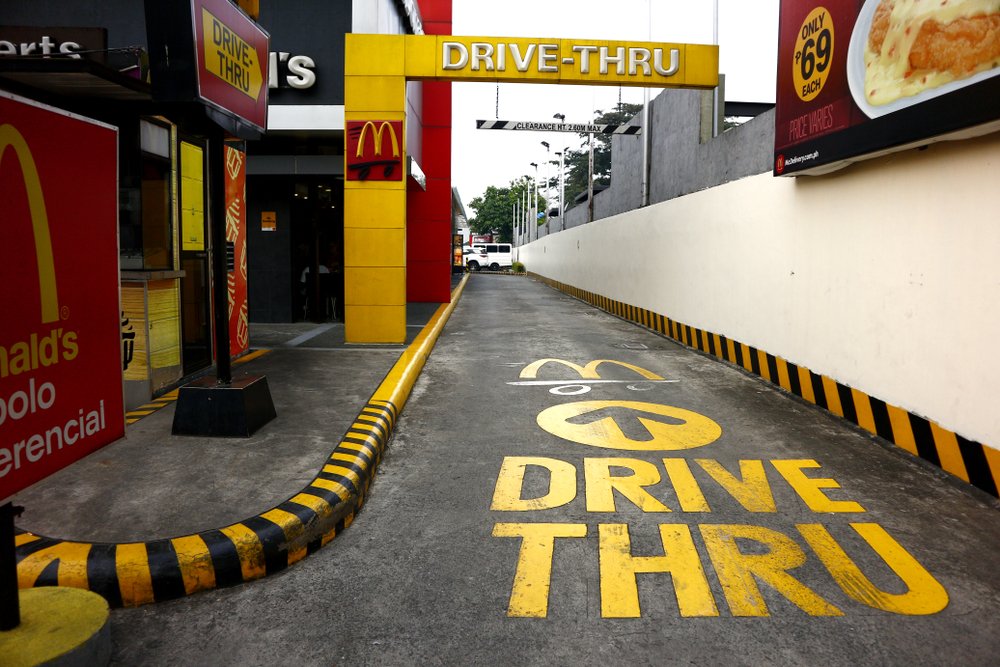
McDonald’s revolutionized fast food with the introduction of the drive-thru service in 1975. This innovation catered to the growing car culture in America, allowing customers to order and receive their meals without leaving their vehicles. It provided a significant convenience factor, making fast food even faster. The concept quickly spread to other fast food chains, solidifying its place in the industry. Over the years, McDonald’s has continued to innovate within the drive-thru space with digital menus and mobile ordering. This concept has become an integral part of the fast food experience worldwide.
Subway’s Customizable Sandwiches
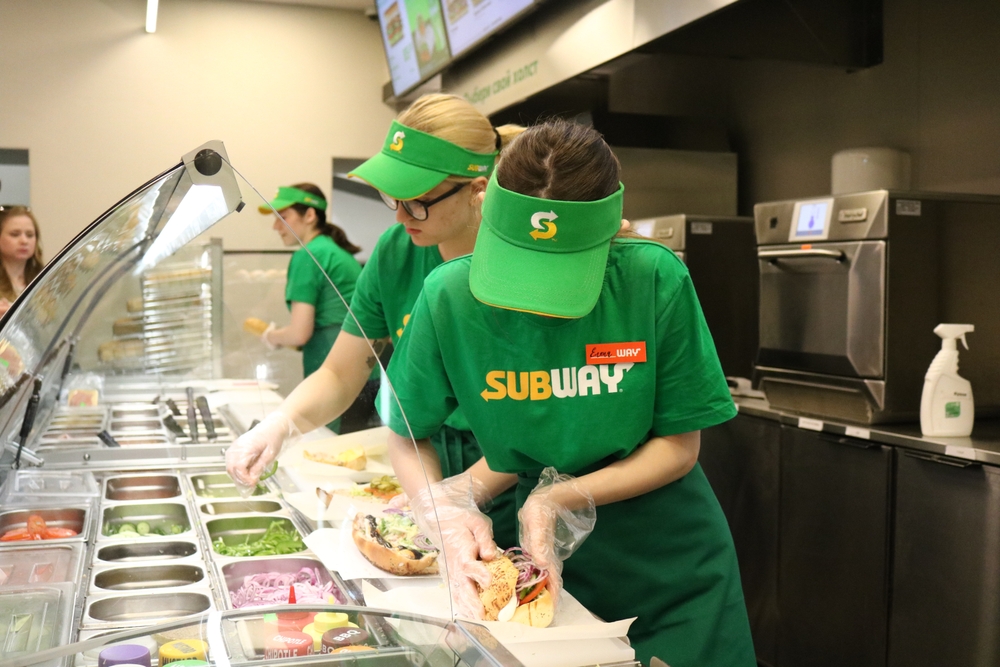
Subway introduced the idea of customizable sandwiches, allowing customers to choose exactly what they wanted on their subs. This concept appealed to a health-conscious audience who appreciated the control over their meal’s ingredients. The “build-your-own” model became a trendsetter in the industry, influencing other chains to adopt similar practices. Subway’s model also emphasized fresh ingredients, aligning with the increasing consumer demand for healthier fast food options. The success of this concept has made Subway one of the largest fast-food chains globally.
Taco Bell’s Fusion of Fast Food and Tex-Mex
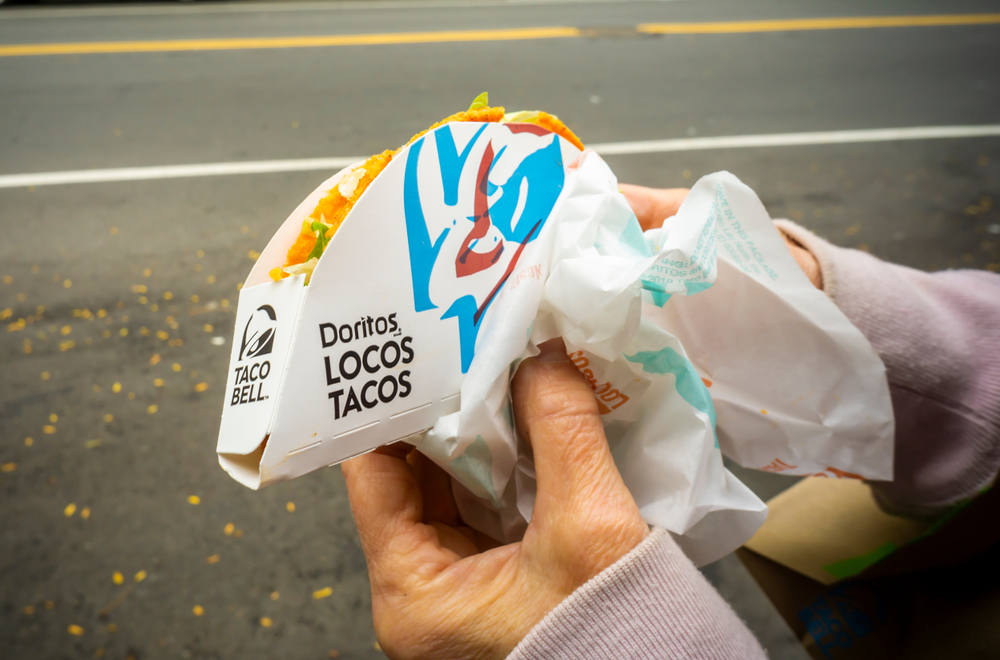
Taco Bell pioneered the fusion of traditional Mexican cuisine with American fast food, creating the Tex-Mex genre. This blend of flavors catered to the American palate while introducing a new cuisine to the fast food industry. Taco Bell’s menu innovations, such as the Crunchwrap Supreme and Doritos Locos Tacos, further pushed the boundaries of what fast food could be. The brand’s willingness to experiment has kept it at the forefront of fast food trends. This fusion concept has since inspired many other chains to explore cross-cultural culinary offerings.
Starbucks’ Third Place Concept

Starbucks transformed the coffee shop into a “third place” between home and work, providing a comfortable space for socializing or working. This concept emphasized the importance of ambiance and experience in dining, beyond just the food and drink offerings. Starbucks’ focus on creating a community-centric environment set a new standard for fast-casual dining. The idea has since been adopted by various fast-casual and quick-service restaurants aiming to enhance customer loyalty. This trend highlighted the growing importance of experience in the foodservice industry.
Chipotle’s Farm-to-Table Fast Food
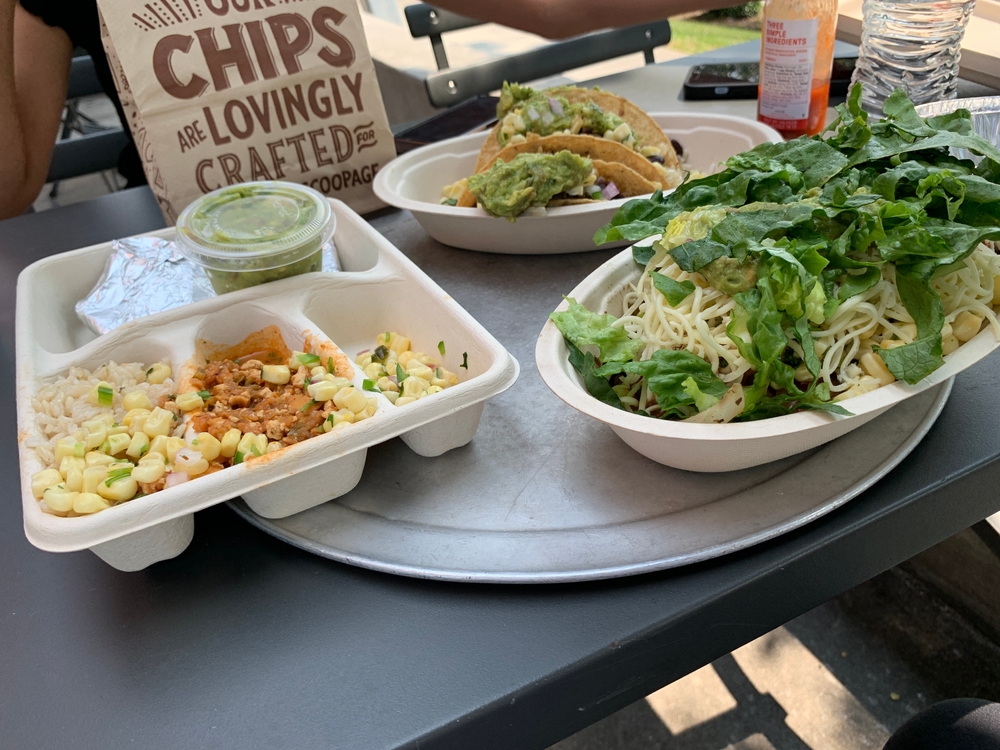
Chipotle Mexican Grill was one of the first fast food chains to emphasize the importance of sourcing ingredients from ethical and sustainable farms. This “farm-to-table” approach resonated with consumers who were increasingly concerned about the origins of their food. Chipotle’s commitment to “Food with Integrity” set a precedent for transparency in the fast food industry. The success of this concept demonstrated that consumers were willing to pay more for ethically sourced ingredients. It also paved the way for other chains to adopt similar sustainability practices.
KFC’s Global Expansion Strategy
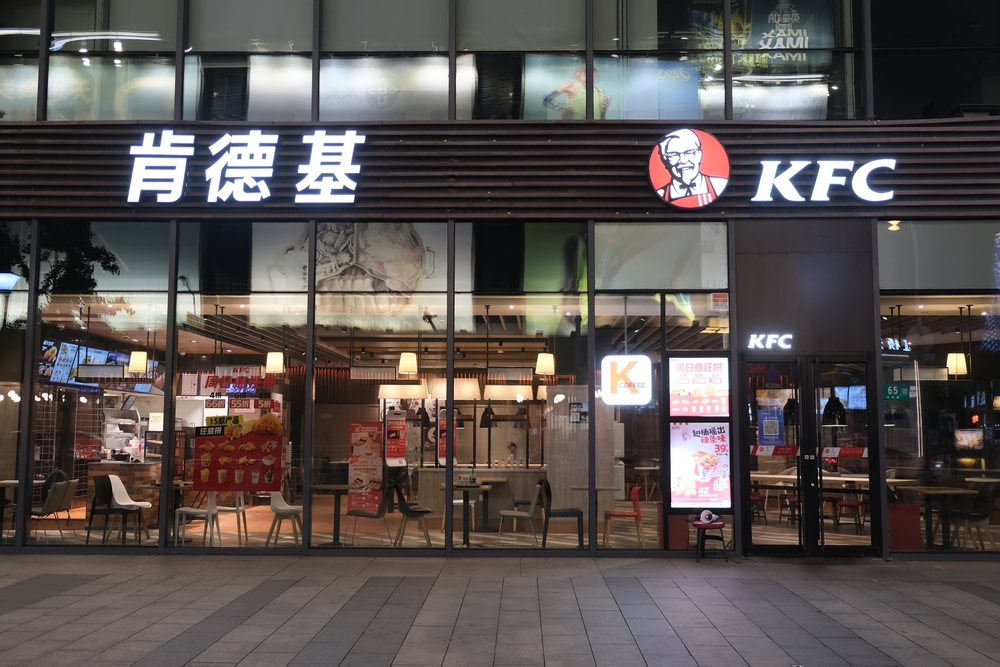
Kentucky Fried Chicken (KFC) was among the first fast food chains to aggressively pursue international expansion, bringing American-style fast food to markets around the world. KFC tailored its menu to local tastes, which played a key role in its global success. This strategy of localization has since become a standard practice for other fast food brands entering new markets. KFC’s success demonstrated the potential for fast food chains to become global brands by adapting to different cultures. The brand’s international presence has made it a leader in the global fast food industry.
Domino’s Pizza Tracker

Domino’s introduced the Pizza Tracker in 2008, allowing customers to track their order in real-time from preparation to delivery. This innovation brought a new level of transparency and engagement to the fast food ordering process. The Pizza Tracker increased customer satisfaction by keeping them informed and reducing uncertainty. It also set a new standard for customer service in the fast food industry, with other chains adopting similar tracking technologies. Domino’s has continued to innovate with technology, maintaining its position as a leader in the pizza delivery market.
In-N-Out’s Secret Menu

In-N-Out Burger popularized the concept of a “secret menu,” where customers could order items not listed on the standard menu. This idea created a sense of exclusivity and insider knowledge among customers, enhancing brand loyalty. The secret menu became a significant part of the brand’s cult following, contributing to its strong customer base. Other fast food chains have since adopted similar practices, offering secret or customizable menu items. This concept highlighted the importance of customer engagement and experience in the fast food industry.
Panera Bread’s Fast Casual Dining
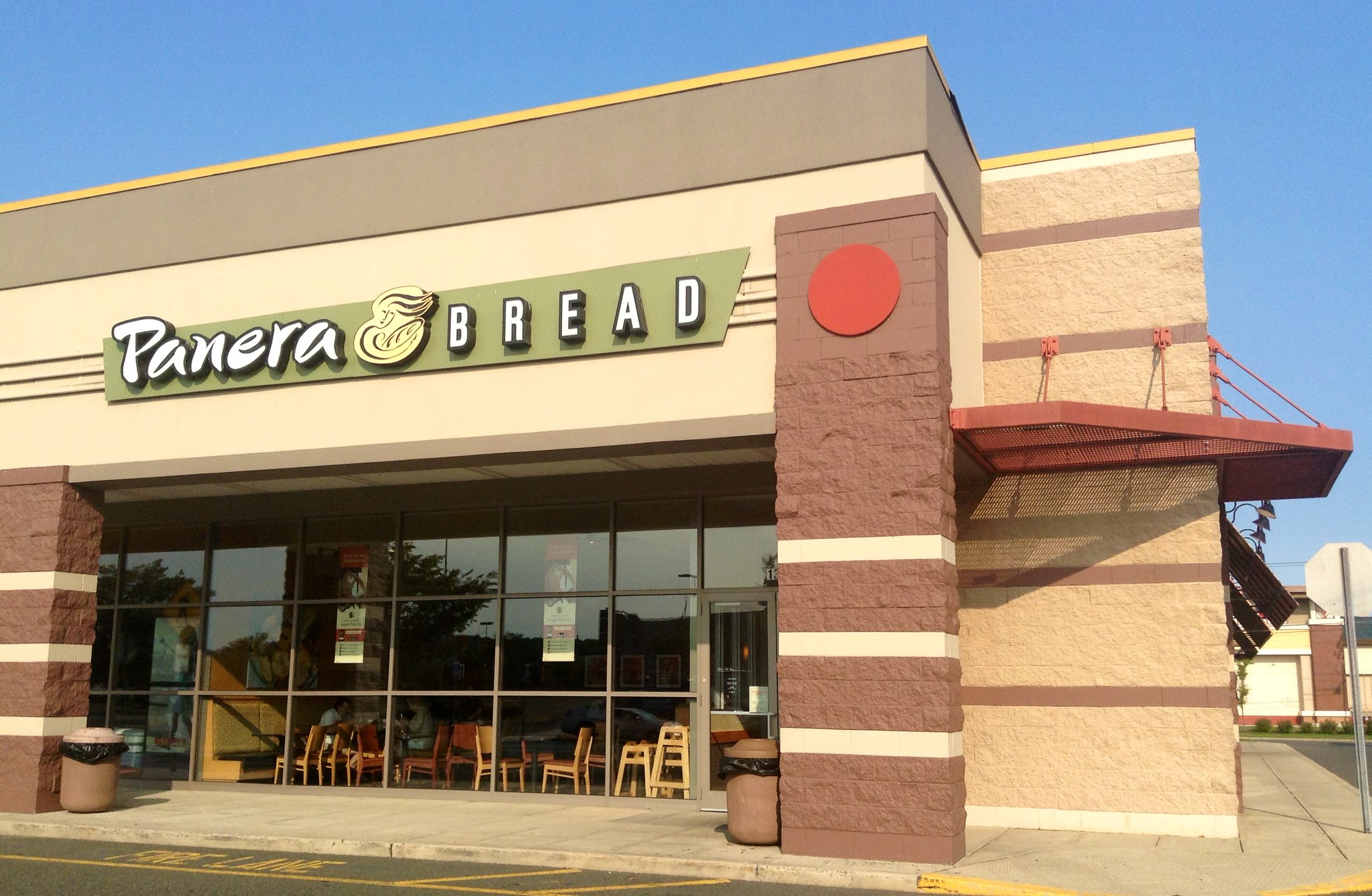
Panera Bread was a pioneer in the fast-casual dining sector, offering a middle ground between fast food and full-service dining. The chain emphasized high-quality ingredients, comfortable dining environments, and digital ordering options. Panera’s success showed that consumers were willing to pay a premium for a higher quality, yet still convenient, dining experience. The fast-casual model has since been emulated by numerous other chains, reshaping the landscape of the foodservice industry. Panera continues to innovate, particularly in the areas of digital ordering and delivery.
Shake Shack’s Premium Fast Food
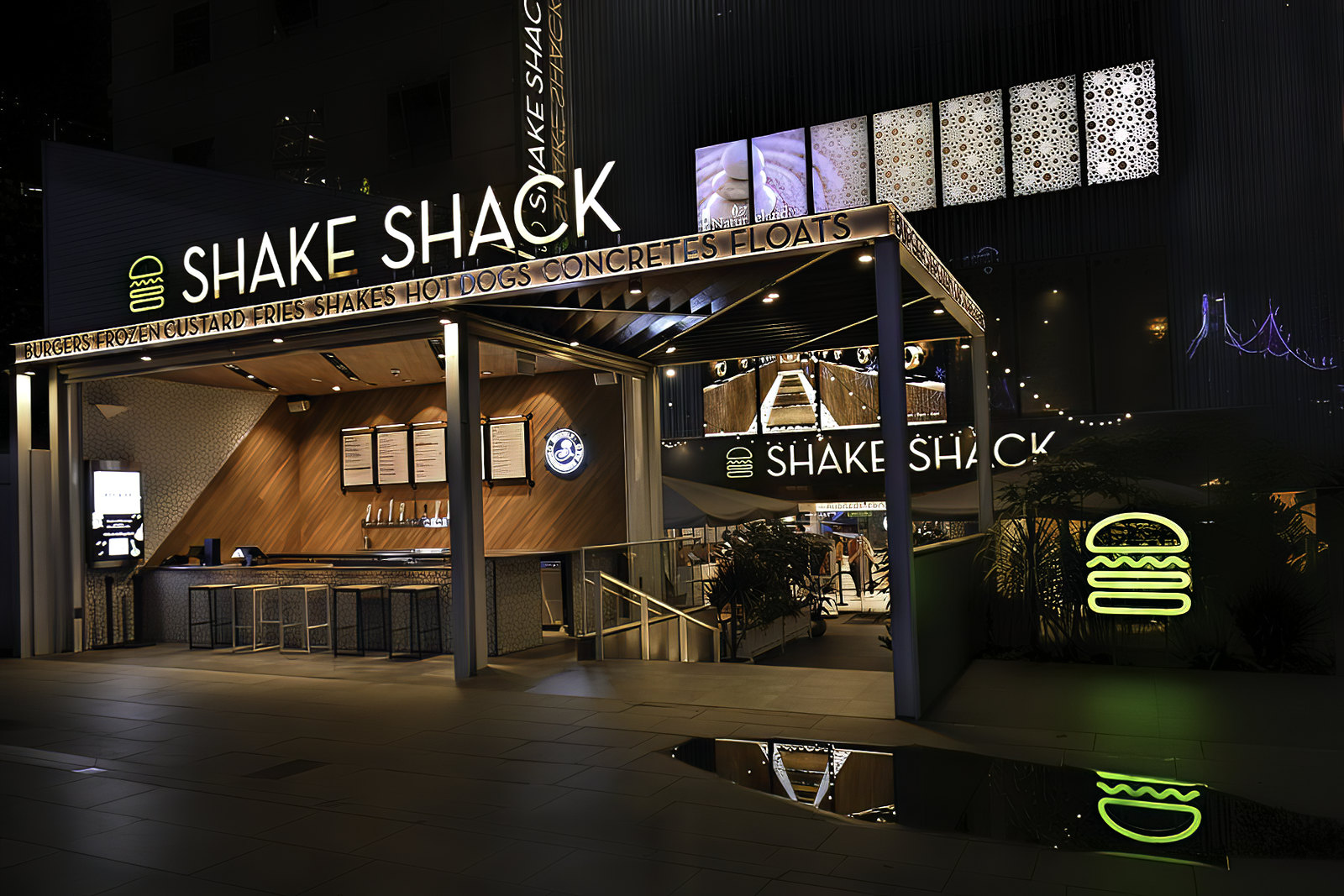
Shake Shack introduced the concept of “premium fast food,” combining high-quality ingredients with a fast food format. This approach appealed to customers seeking a gourmet experience in a casual setting. Shake Shack’s focus on sustainability, including hormone-free meat and eco-friendly packaging, also resonated with modern consumers. The brand’s success has inspired a wave of similar “better burger” concepts across the industry. Shake Shack has maintained its popularity by consistently delivering a high-quality product and experience.
White Castle’s First Fast Food Chain
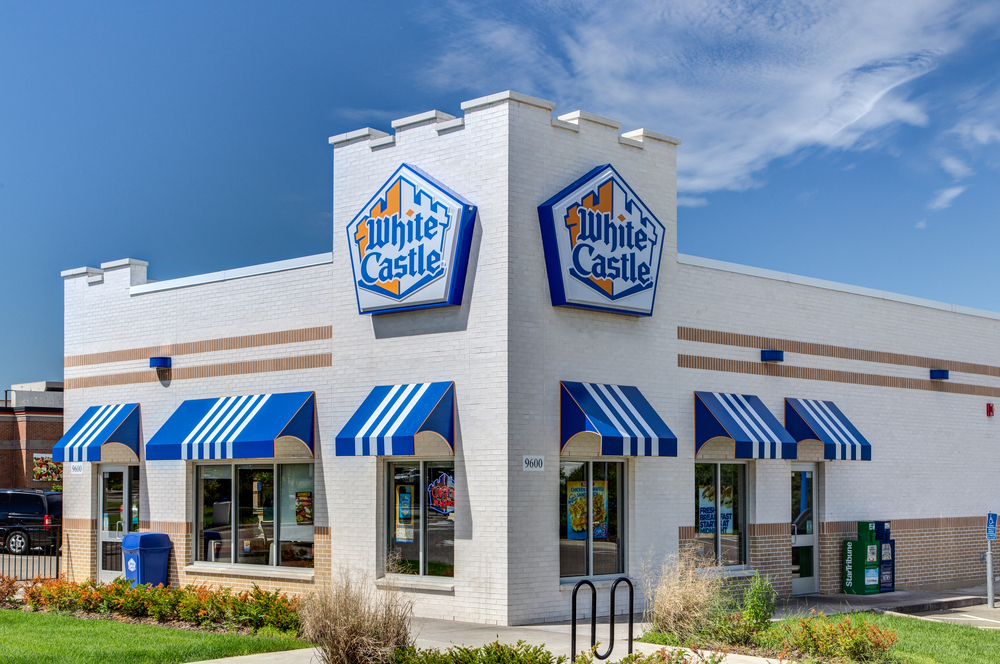
White Castle holds the distinction of being the first fast food chain in America, opening its doors in 1921. The chain standardized food production and created the concept of the fast food assembly line, which became a model for future chains. White Castle also introduced the idea of uniform branding and restaurant design, contributing to its recognizable identity. The chain’s focus on speed, consistency, and affordability laid the foundation for the modern fast food industry. White Castle’s influence can still be seen in fast food operations today.
Five Guys’ Customization and Transparency

Five Guys differentiated itself in the fast food industry by offering extensive customization options and a focus on transparency. Customers could choose from a wide variety of toppings at no extra cost, creating a personalized burger experience. Five Guys also emphasized the quality of its ingredients, with open kitchens that allowed customers to see their food being prepared. This transparency helped build trust and loyalty among consumers. The chain’s success has influenced other fast food brands to offer more customization and transparency in their operations.
Dunkin’ Donuts’ Breakfast All Day
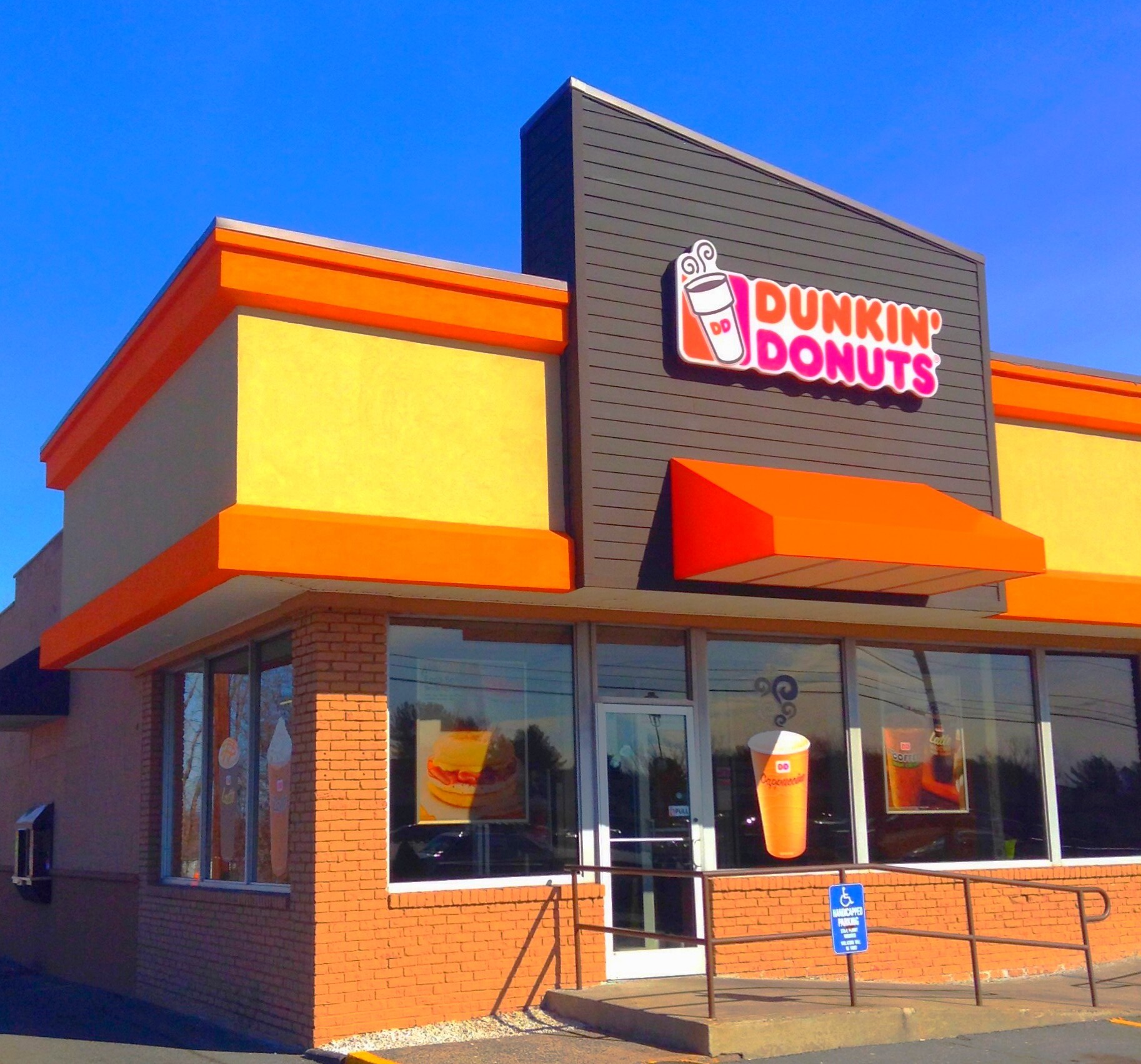
Dunkin’ Donuts popularized the concept of serving breakfast items all day, catering to the growing demand for convenience and flexibility in dining options. This move helped Dunkin’ differentiate itself from competitors and appeal to a broader customer base. The all-day breakfast concept has since been adopted by many other fast food chains, including McDonald’s, which launched its all-day breakfast menu in response to consumer demand. Dunkin’s strategy demonstrated the importance of listening to customer preferences and adapting to changing dining habits.
Chick-fil-A’s Customer Service Model

Chick-fil-A set a new standard for customer service in the fast food industry, with a focus on courtesy, efficiency, and customer satisfaction. The chain’s employees are known for their polite and friendly demeanor, which has become a hallmark of the brand. Chick-fil-A’s commitment to service excellence has helped it achieve high customer loyalty and satisfaction ratings. The success of this model has led other fast food chains to prioritize customer service as a key component of their operations. Chick-fil-A’s approach underscores the importance of the customer experience in building a successful fast food brand.
Pizza Hut’s Restaurant-Inspired Delivery
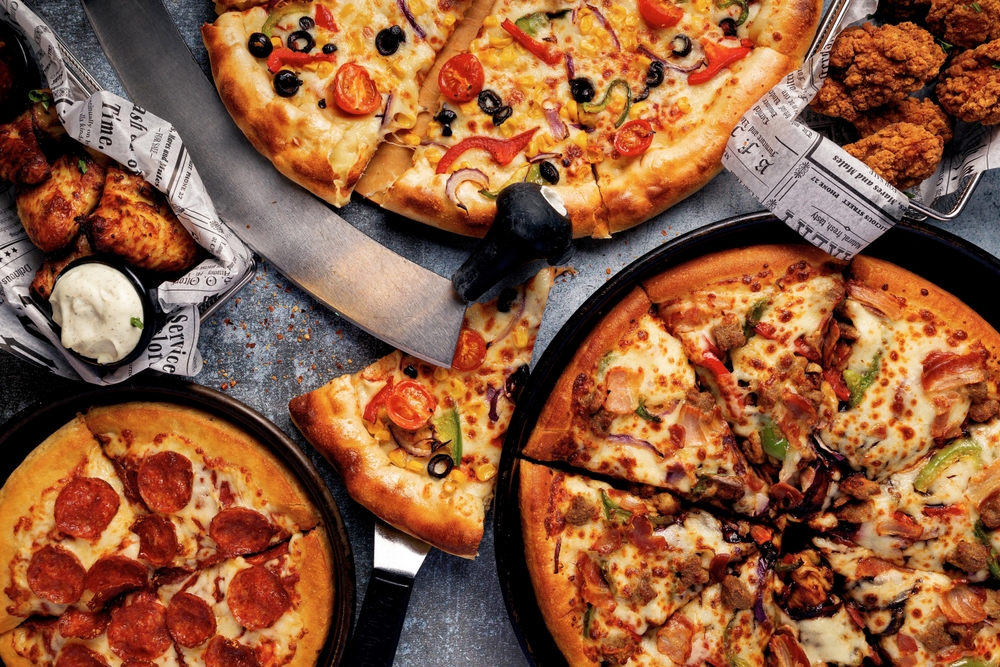
Pizza Hut pioneered the concept of restaurant-inspired delivery, offering a wide range of menu items beyond just pizza. The chain introduced items like pasta, wings, and desserts, aiming to provide a more comprehensive dining experience at home. This approach helped Pizza Hut differentiate itself from other pizza chains and appeal to a broader audience. The success of this model has influenced other fast food and quick-service brands to expand their delivery menus. Pizza Hut’s emphasis on variety and quality has helped it remain a leader in the competitive pizza delivery market.
This article originally appeared on RetailShout.
More From RetailShout
22 Walmart Black Friday Deals Perfect for Gift Giving

Black Friday is the perfect time to snag amazing deals, especially when it comes to gift shopping. Walmart’s lineup this year is packed with incredible finds that are not just practical but also thoughtful for everyone on your list. Read More.
13 Exciting New Trader Joe’s Products to Pick Up in November
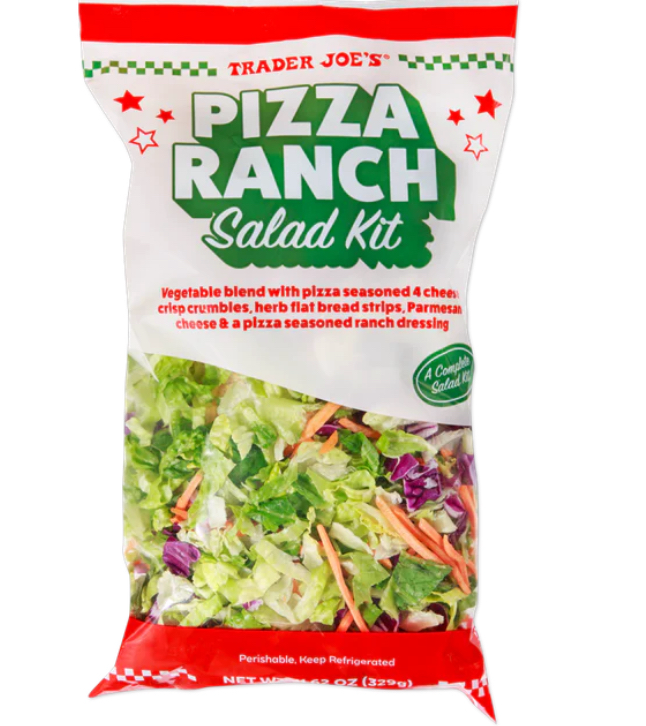
Trader Joe’s never fails to deliver unique, flavorful offerings, and November’s lineup is no exception. This month, the beloved grocery store has introduced a range of mouthwatering products perfect for fall feasting and holiday preparations. With so many exciting new products, Trader Joe’s has once again proven its ability to delight food lovers. Read More.
Aldi`s 15 Best Frozen Desserts You Need in Your Freezer
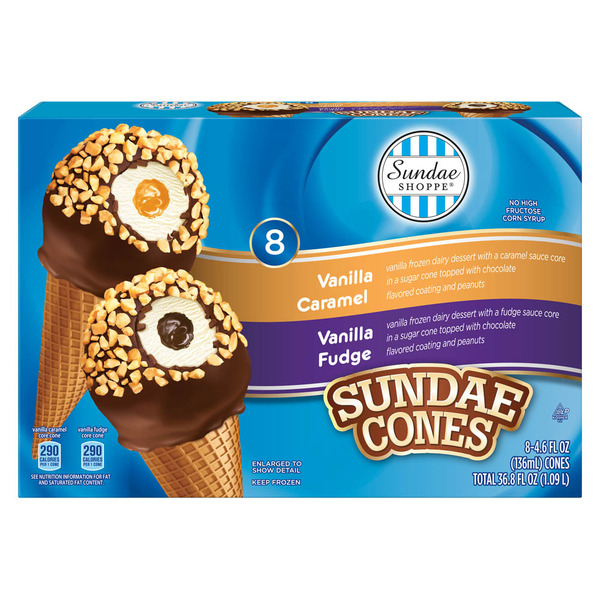
Aldi is known for offering a great variety of delicious and affordable foods, and their frozen dessert section is no exception. Whether you’re craving something fruity, chocolatey, or creamy, Aldi has plenty of frozen treats that are perfect to keep stocked in your freezer. Read More.






